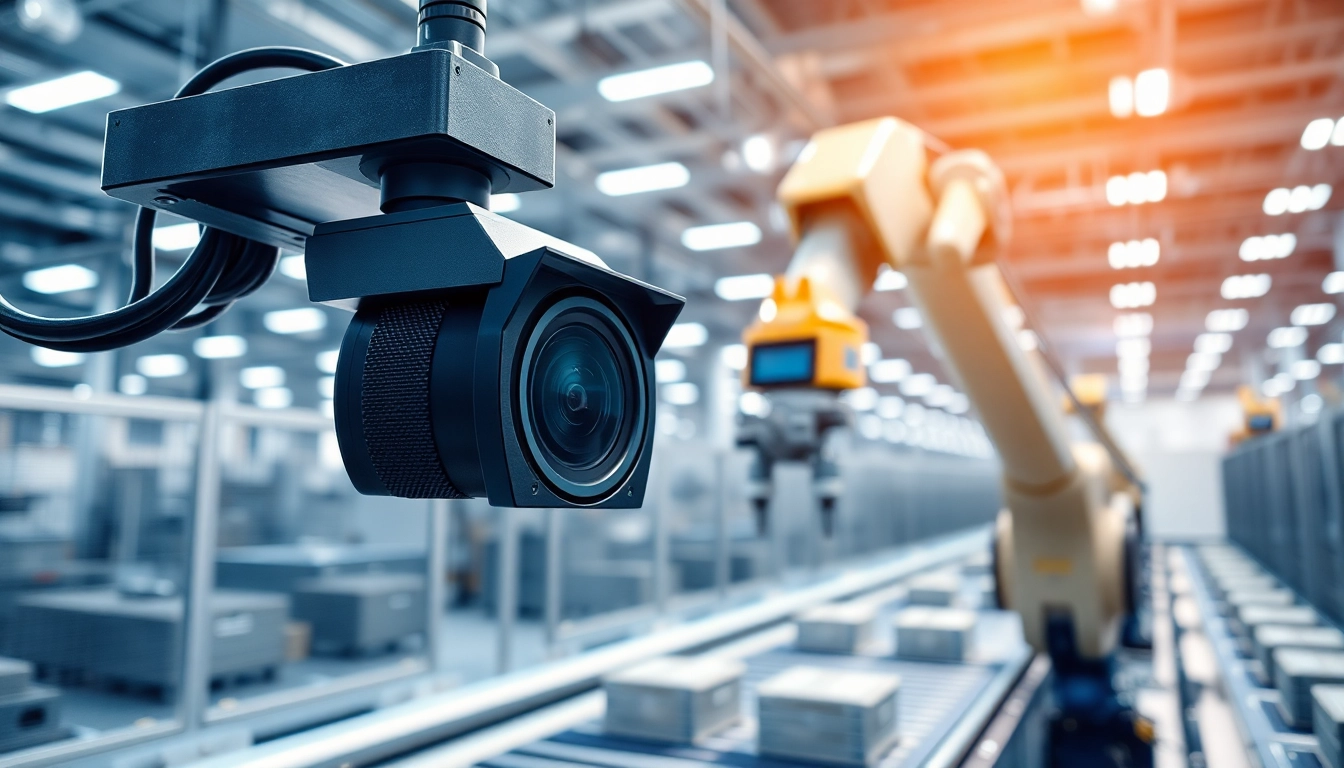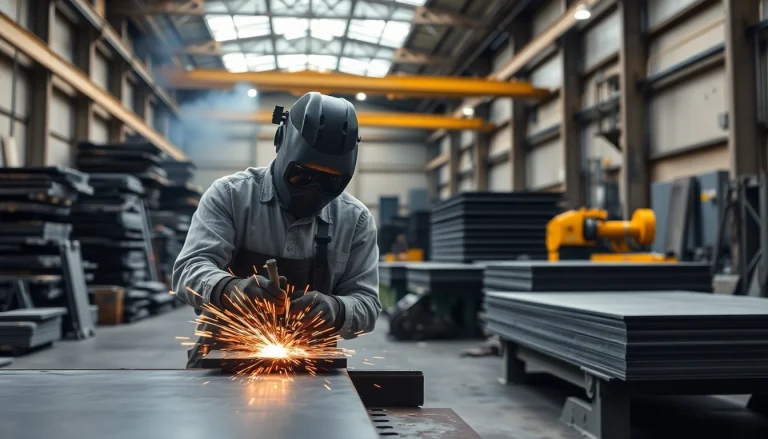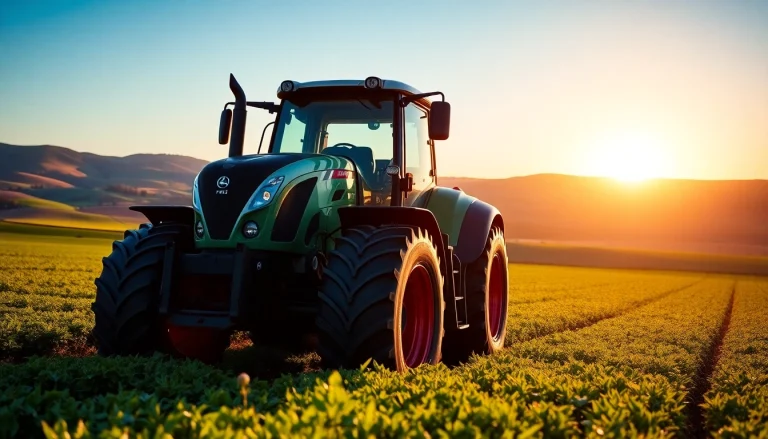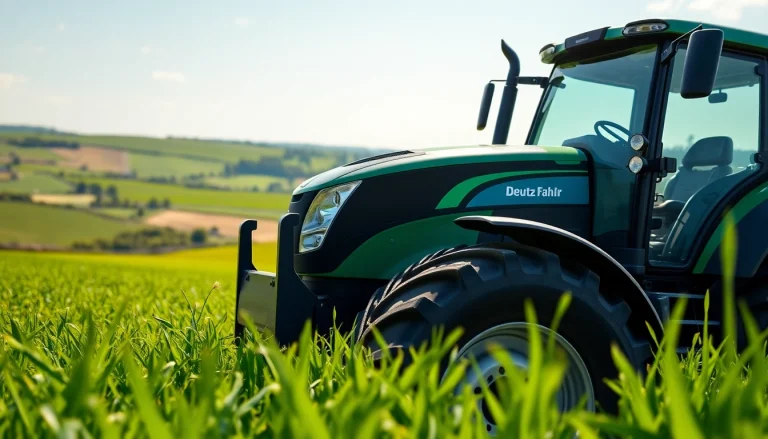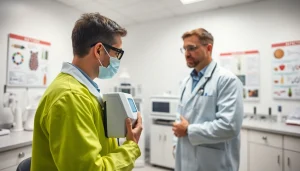What is Machine Vision?
Definition and Key Concepts
Machine vision refers to the technology and methods used to provide imaging-based automatic inspection and analysis for various applications. Essentially, it allows machines to interpret visual information from the world around them, akin to human sight. This remarkable capability facilitates a wide range of functions, from quality control in manufacturing processes to aiding autonomous vehicles in navigation. By employing cameras, sensors, and sophisticated algorithms, machine vision systems capture, process, and analyze images to make decisions without human intervention. For further insights, please explore our dedicated page on machine vision.
How Machine Vision Works
At its core, machine vision involves a systematic approach to capturing imagery, processing it, and extracting meaningful information. This process can be outlined in several key steps:
- Image Acquisition: Utilizing cameras that may vary in type (such as area scan, line scan, or 3D), images of the objects of interest are captured.
- Image Processing: The acquired images are processed using algorithms that perform tasks such as filtering, enhancement, and statistical analysis. This can involve transforming images to highlight features or eliminate noise.
- Analysis: After processing, images are analyzed for significant details necessary for decision-making, like identifying shapes, colors, or defects.
- Decision-Making: Based on the analysis, machine vision systems can initiate actions, such as sorting products on a production line, raising alerts on quality issues, or guiding robotic processes.
Common Applications
Machine vision systems are versatile and find applications in numerous industries:
- Manufacturing: Automated quality control via inspection of products for defects, ensuring consistency in production.
- Aerospace: Examination of components for safety and compliance during the manufacturing process.
- Automotive: Usage for assembly line operations, including verifying parts and alignment.
- Healthcare: In medical imaging and diagnostics, helping analyze patient data or preparing medical instruments.
- Logistics: Automation in sorting and tracking items within warehouses and distribution centers.
Types of Machine Vision Systems
2D vs. 3D Machine Vision
Machine vision systems can be broadly categorized into 2D and 3D vision systems:
2D Machine Vision: These systems capture two-dimensional images and analyze them for tasks such as barcode reading, surface inspection, and part location. They are typically simpler and less expensive, making them suitable for many applications requiring rapid scanning and inspection.
3D Machine Vision: Utilizing techniques such as structured light or laser triangulation, 3D systems provide depth perception and can analyze complex surfaces and forms. These systems are beneficial in applications requiring detailed analysis of the spatial arrangement of objects, such as in robotic guiding and assembly.
Image Processing Techniques
Effective image processing is vital to successful machine vision applications. Here are several common techniques:
- Thresholding: Segments an image based on pixel intensity to differentiate objects from backgrounds.
- Edge Detection: Identifies boundaries within images, enabling the detection of shapes and features.
- Pattern Recognition: Utilizes algorithms to identify patterns, whether for quality control or sorting processes.
- Features Extraction: Retrieves important features within an image, assisting in further analysis for decision-making.
Specialized Machine Vision Cameras
The cameras used in machine vision systems can greatly impact performance and precision:
Area Scan Cameras: Capture an entire image at once, ideal for stationary objects.
Line Scan Cameras: Capture one line of pixels at a time, beneficial for continuous processes, like inspecting moving products.
3D Cameras: Capture depth information along with standard image data, providing complex measurements and insight.
Benefits of Implementing Machine Vision
Quality Control and Inspection
One of the most significant benefits of machine vision is enhancing quality control. Manual inspection can introduce errors due to human fatigue or oversight, whereas machine vision systems can consistently perform inspections with high accuracy.
With the ability to scan thousands of items per minute, these systems ensure that defects are detected early in the production process, leading to reduced waste and improved product quality.
Efficiency and Speed in Manufacturing
Integrating machine vision systems can lead to significant increases in efficiency. Automated inspections enable faster processing times compared to manual methods. This attribute is particularly beneficial in high-speed manufacturing environments, where quick decision-making is crucial to maintaining production flow.
Moreover, machine vision’s real-time feedback allows manufacturers to address issues immediately, facilitating continuous improvement in production processes.
Cost Reduction Strategies
While there is an initial investment in machine vision systems, the long-term savings can be substantial. By minimizing defects in products and optimizing production flow, companies can reduce costs associated with rework, scrap, and warranty claims. Additionally, the enhanced throughput can lead to increased revenue without the proportional increase in operational costs.
Challenges in Machine Vision Integration
Technical Limitations and Solutions
Despite its advantages, integrating machine vision is not without challenges. Technical limitations such as image quality, variations in lighting, and the complexity of setups can hamper performance. To overcome these issues, organizations should:
- Ensure optimal lighting conditions for consistent image quality.
- Utilize high-resolution cameras that match the requirements of specific applications.
- Regularly calibrate systems to maintain accuracy.
Cost and Investment Considerations
The initial installation costs of machine vision systems can be a barrier for some businesses. Investing in high-quality cameras, lighting, and processing units can require significant upfront capital. However, companies must weigh these costs against the long-term savings and efficiency improvements, often justifying the initial expenditure through improved operational metrics and product quality.
Training and Skill Development Needs
Successful machine vision integration requires skilled personnel. Employees must be trained not only in operating the systems but also in interpreting data outputs and troubleshooting potential issues. Companies should invest in training programs and resources to empower their teams to leverage machine vision technology effectively.
The Future of Machine Vision Technology
Emerging Trends in AI and Machine Learning
Machine vision technology is continuously evolving, with artificial intelligence (AI) and machine learning playing increasingly vital roles. These advancements enable systems to learn from data patterns and improve over time, enhancing accuracy and versatility in diverse applications.
AI-driven algorithms can adapt to new inspection criteria as products and processes change, allowing greater flexibility in manufacturing strategies.
Impact of IoT on Machine Vision Systems
The advent of the Internet of Things (IoT) is transforming machine vision systems. IoT-enabled cameras and sensors can communicate data wirelessly, allowing for real-time remote monitoring and diagnostics. This interconnectedness enhances decision-making capabilities, enabling rapid responses to production anomalies or maintenance needs.
Future Applications and Industries
As machine vision technology continues to advance, its application scope is expanding into new industries. Beyond traditional manufacturing, sectors such as agriculture, healthcare, and retail are leveraging machine vision for precision farming, medical imaging diagnostics, and automated inventory management. The future promises innovative solutions that will redefine how industries operate and interact with technology.
